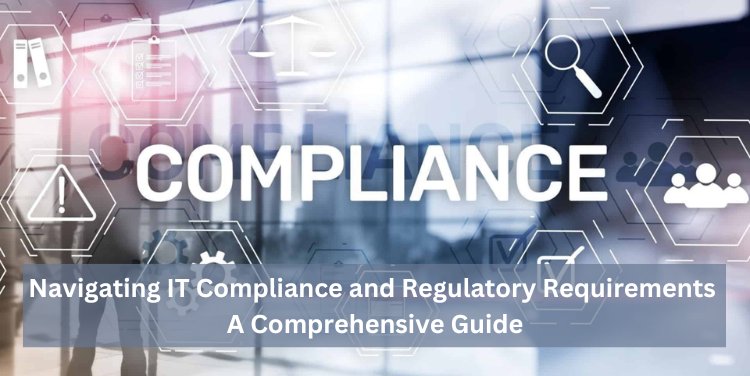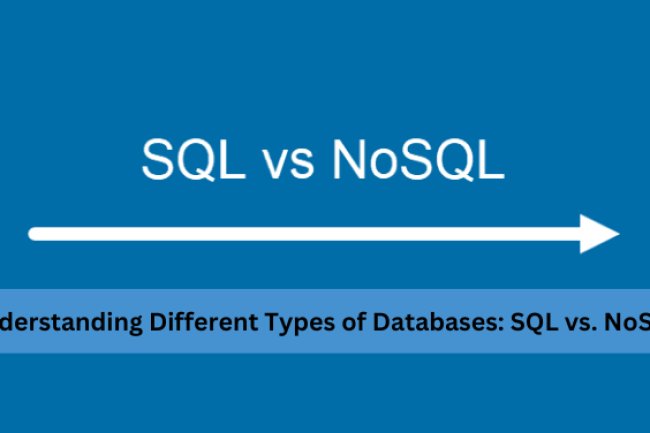Navigating IT Compliance and Regulatory Requirements: A Comprehensive Guide

In today's digital landscape, businesses must navigate a complex web of IT compliance and regulatory requirements to ensure the security, privacy, and integrity of their data and systems. From industry-specific regulations to global standards, compliance is a critical aspect of IT governance that requires careful attention and proactive measures. In this blog, we'll explore the importance of IT compliance, common regulatory frameworks, and best practices for navigating the compliance landscape effectively.
Why IT Compliance Matters
IT compliance refers to the adherence to laws, regulations, and standards related to information technology and data management. Compliance is essential for protecting sensitive information, maintaining trust with customers and stakeholders, and avoiding legal and financial consequences. Non-compliance can result in hefty fines, reputational damage, and even legal action, making it imperative for businesses to prioritize compliance efforts.
Common Regulatory Frameworks
General Data Protection Regulation (GDPR): GDPR is a comprehensive data protection regulation enacted by the European Union (EU) to strengthen the privacy rights of individuals. It imposes strict requirements on the collection, processing, and storage of personal data, with significant penalties for non-compliance.
Health Insurance Portability and Accountability Act (HIPAA): HIPAA sets standards for the protection of sensitive health information (PHI) and regulates the use and disclosure of PHI by healthcare providers, insurers, and other entities. Compliance with HIPAA is mandatory for organizations handling PHI in the United States.
Payment Card Industry Data Security Standard (PCI DSS): PCI DSS is a set of security standards designed to ensure the safe handling of credit card information by merchants and service providers. Compliance with PCI DSS is mandatory for businesses that accept, process, or transmit payment card data.
Sarbanes-Oxley Act (SOX): SOX is a federal law in the United States that sets requirements for corporate governance, financial reporting, and internal controls. It aims to prevent accounting fraud and improve transparency and accountability in publicly traded companies.
ISO/IEC 27001: ISO/IEC 27001 is an international standard for information security management systems (ISMS) that provides a framework for implementing and maintaining effective security controls and processes. Compliance with ISO 27001 demonstrates a commitment to information security best practices.
Best Practices for Navigating IT Compliance
Understand Applicable Regulations: Start by identifying the regulatory requirements that apply to your industry and geographic location. Stay informed about updates and changes to regulations to ensure ongoing compliance.
Conduct Regular Risk Assessments: Assess your organization's IT infrastructure, processes, and practices to identify potential vulnerabilities and risks to compliance. Implement controls and mitigation strategies to address identified risks effectively.
Implement Security Controls: Deploy robust security controls and measures to protect sensitive data and systems from unauthorized access, breaches, and cyber threats. This includes encryption, access controls, network monitoring, and regular security audits.
Develop Policies and Procedures: Establish clear policies and procedures for data handling, access control, incident response, and compliance monitoring. Ensure that employees receive training on compliance requirements and adhere to established policies.
Monitor and Audit Compliance: Regularly monitor compliance with regulatory requirements through internal audits, assessments, and reviews. Keep detailed records of compliance activities and remediation efforts to demonstrate compliance to regulators and auditors.
Engage with Compliance Experts: Consider partnering with compliance experts or consultants who can provide guidance and support in navigating complex regulatory requirements. Leverage their expertise to develop and implement effective compliance strategies tailored to your organization's needs.
Navigating IT compliance and regulatory requirements is a multifaceted endeavor that requires diligence, expertise, and ongoing commitment. By understanding applicable regulations, implementing robust security controls, and following best practices for compliance management, organizations can mitigate risks, protect sensitive information, and maintain trust with customers and stakeholders. In an increasingly regulated environment, prioritizing compliance is not only a legal requirement but also a fundamental aspect of good business practice.
What's Your Reaction?















